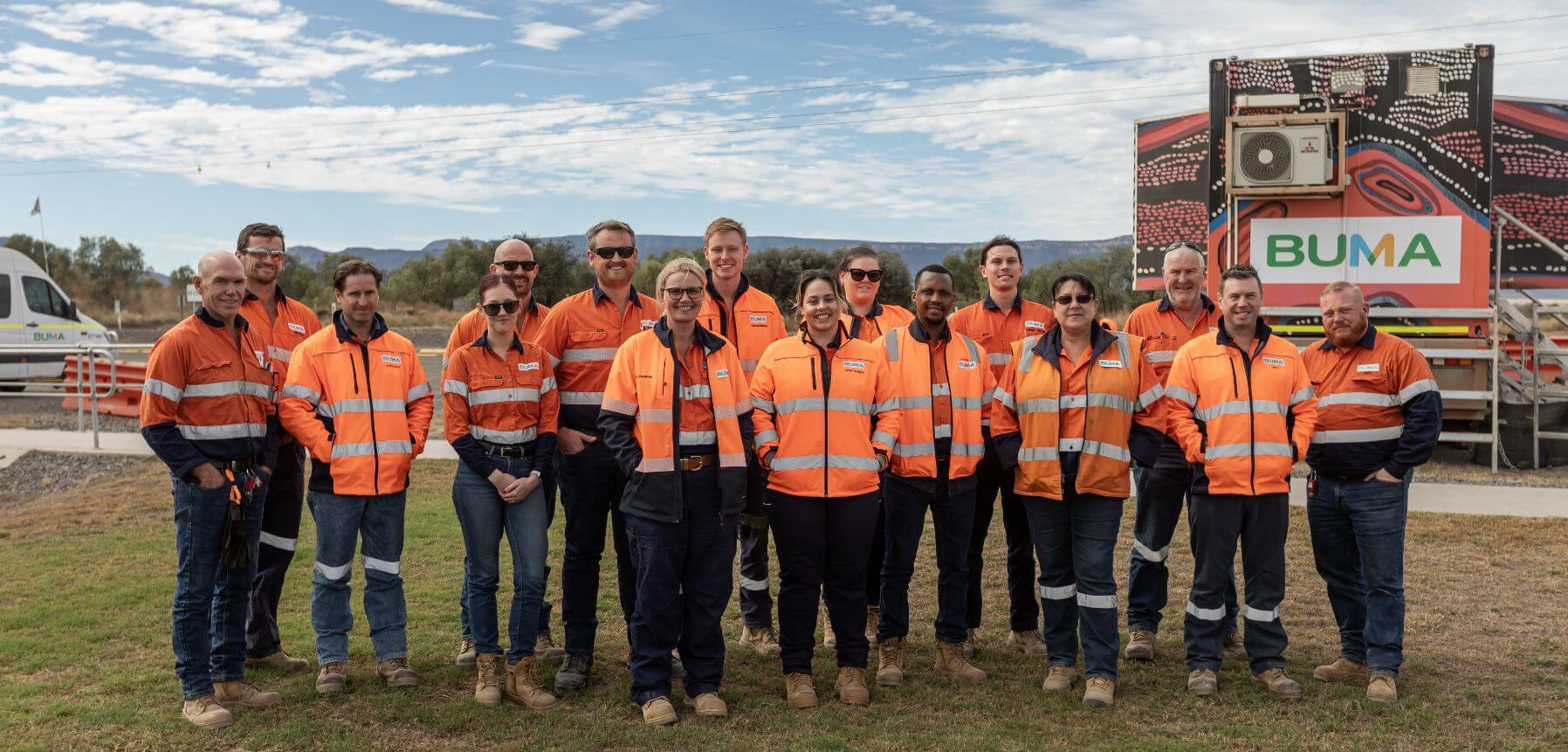We deliver total mining solutions
BUMA Australia (pronounced ‘boo muh) provides end to end mining and rehabilitation services. BUMA Australia is part of the Delta Dunia Group listed on the Jakarta Stock Exchange.
Founded in 2021, BUMA Australia emerged as a prominent mining contractor through the acquisition of Downer’s Open Cut Mining East business as an Australian subsidiary of PT Bukit Makmur Mandiri Utama (BUMA), a major mining services provider in Indonesia. This acquisition encompassed the transition of personnel, mining services contracts, assets, systems, and intellectual property, ensuring the continuation of a 75-year legacy in Australia.
Values
At BUMA Australia, we have a clear vision and a set of core values that serve as our guiding principles, shaping our daily work and decisions.
-
People
Our people are our most valuable asset, and we respect their history while appreciating their role in shaping our future.
-
Collaboration
Collaboration is a key element of our approach, as we seek partnerships with stakeholders to find common solutions and positive outcomes.
-
Progress
As we pursue growth, we view change as an integral part of our journey, embracing progress together to achieve our vision.
-
Integrity
We prioritise integrity, living by the principle of delivering on our promises.
-
Safety
Safety is of utmost importance to us, ingrained in our culture to ensure the well-being of our people, communities, and the environment.
-
Our people are our most valuable asset, and we respect their history while appreciating their role in shaping our future.
-
Collaboration is a key element of our approach, as we seek partnerships with stakeholders to find common solutions and positive outcomes.
-
As we pursue growth, we view change as an integral part of our journey, embracing progress together to achieve our vision.
-
We prioritise integrity, living by the principle of delivering on our promises.
-
Safety is of utmost importance to us, ingrained in our culture to ensure the well-being of our people, communities, and the environment.

The safety of our people and the environment is at the forefront of what we do
At BUMA Australia, our services are underpinned by an unwavering dedication to the health and safety of everyone on our sites. This commitment is reinforced by our strong health and safety systems, ensuring the well-being of our employees and the preservation of the environment for generations to come.
Join a team worth working for

